Facts about the 1920s that show how wild the decade really was
The 1920s, often dubbed the Roaring Twenties, were a period of dynamic cultural and social change. This decade witnessed a burst of creative energy, marked by jazz music, flapper fashion, and innovative technological advancements.
As the world recovered from the Great War, people embraced new freedoms and lifestyles like never before. This era was as much about rebellion as it was about celebration, setting the stage for modernity in various domains of life.
The Rise of Jazz: Music That Ignited a Generation
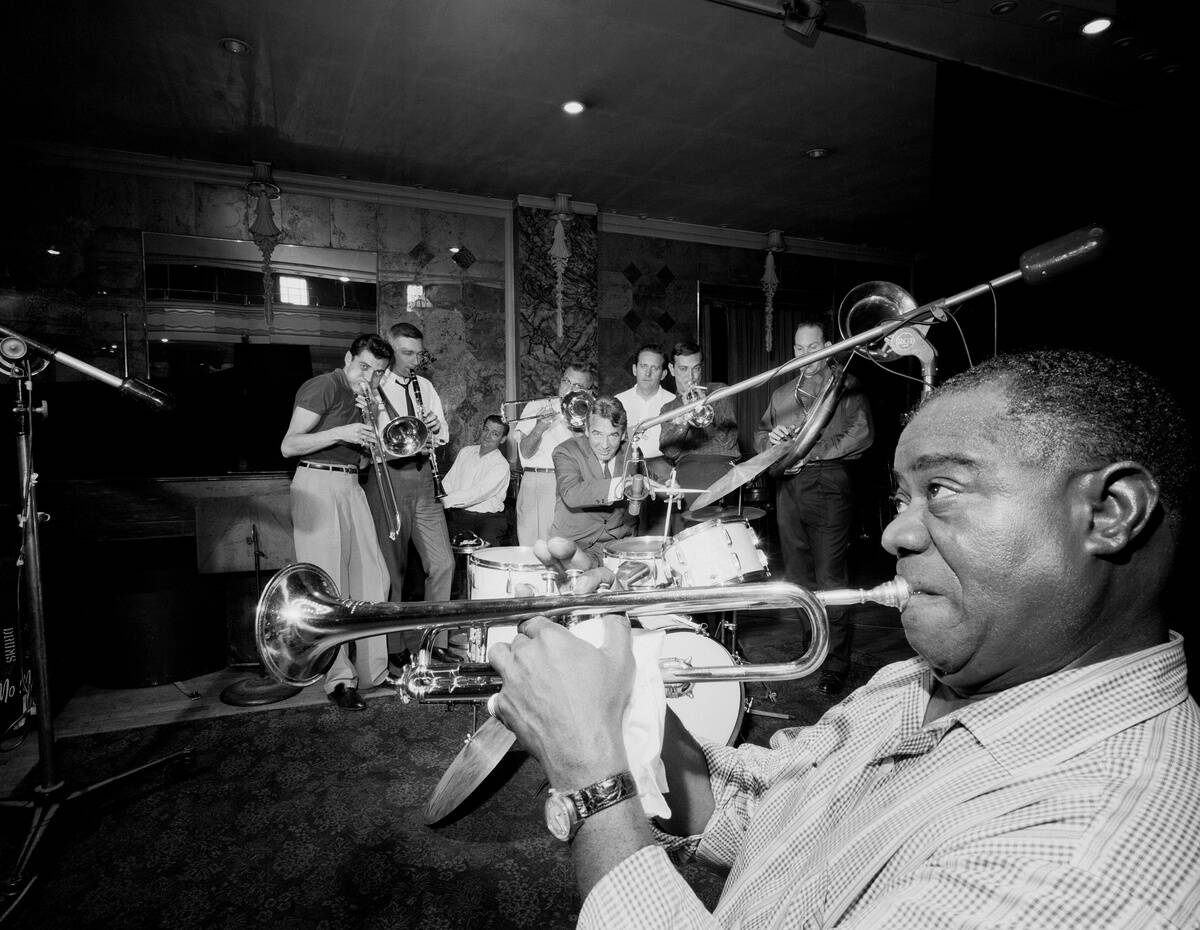
Jazz emerged as the defining soundtrack of the 1920s, captivating audiences with its energetic rhythms and improvisational flair. Originating in New Orleans, this musical genre quickly spread across the United States, thanks to legendary figures like Louis Armstrong (pictured in foreground) and Duke Ellington.
Jazz clubs became hotspots, where people from different backgrounds came together to experience this revolutionary sound. It was more than just music; it was a cultural movement that broke racial barriers and influenced fashion, dance, and art.
The Flapper Phenomenon: Women Who Dared to Defy Norms
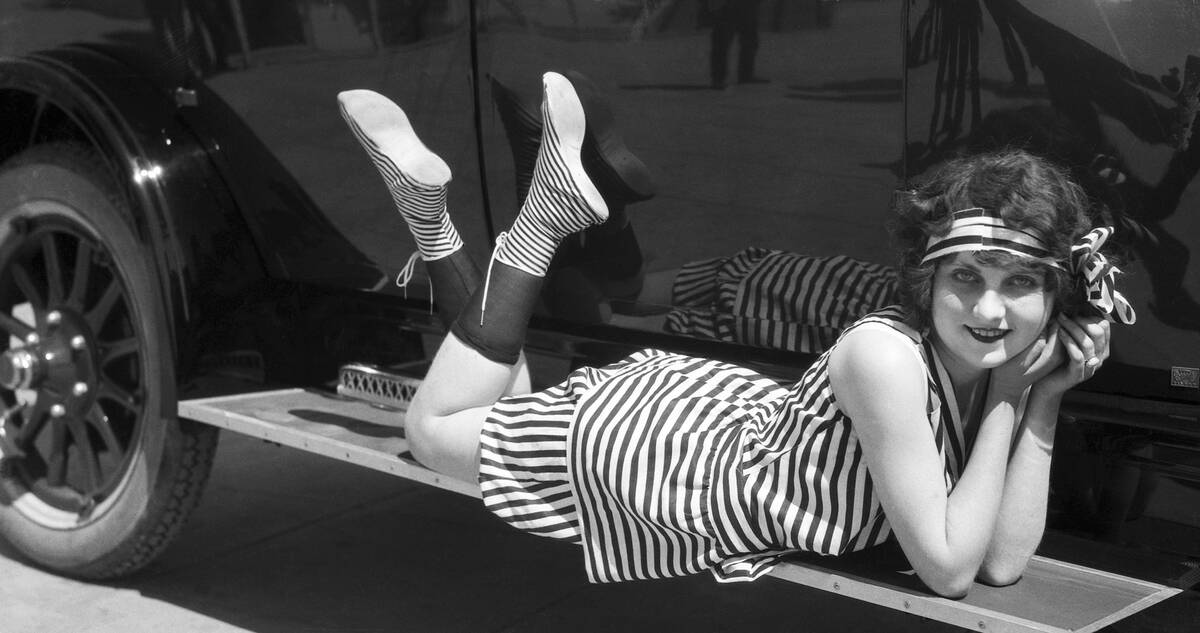
Flappers were iconic symbols of the Roaring Twenties, challenging traditional gender roles with their bold fashion and lifestyles. These young women sported bobbed hair, short skirts, and an unapologetic attitude, embracing newfound freedoms.
They frequented jazz clubs, smoked cigarettes, and drove cars, activities once reserved for men. The flapper phenomenon represented a shift in societal norms, as women demanded more rights and independence, paving the way for future generations.
Prohibition: America’s Noble Experiment

Prohibition, enacted by the 18th Amendment, aimed to curb alcohol consumption by banning its production and sale. This “noble experiment” lasted from 1920 to 1933, but instead of reducing crime, it fueled the rise of illegal bootlegging and speakeasies.
People found creative ways to enjoy alcohol, often with the help of organized crime. Figures like Al Capone became infamous during this period, as Prohibition inadvertently led to an underground economy and a new wave of lawlessness.
Speakeasies: Secret Nightlife of the Prohibition Era

Speakeasies were clandestine bars that operated during Prohibition, providing a venue for illicit drinking and socializing. Often hidden in basements or behind unassuming storefronts, these establishments offered jazz music, dancing, and a sense of rebellion.
The allure of speakeasies lay in their exclusivity and the thrill of evading the law. They became cultural hubs where people of all classes mingled, contributing to the vibrant social life of the Roaring Twenties.
The Charleston: Dance Craze That Took Over the Dance Floors
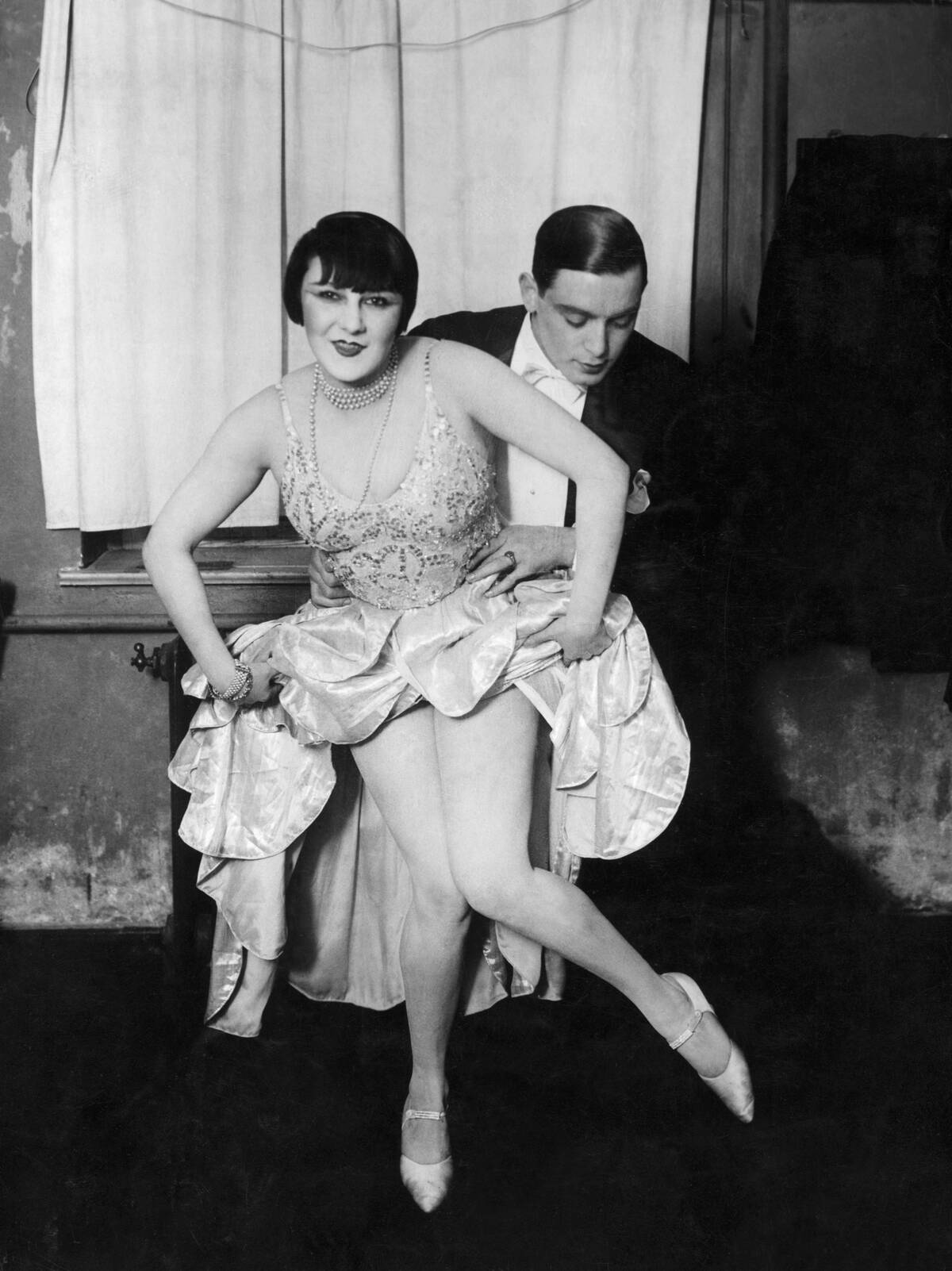
The Charleston was the dance sensation of the 1920s, characterized by its lively steps and swinging arms. Originating from African American communities, it gained national fame after being featured in the Broadway show Runnin’ Wild.
The dance’s infectious energy and carefree spirit resonated with the youth, becoming a symbol of the era’s exuberance. Dance halls across the nation echoed with the sound of the Charleston, as people embraced this joyful expression of freedom and fun.
The Advent of Radio: Revolutionizing Entertainment and News
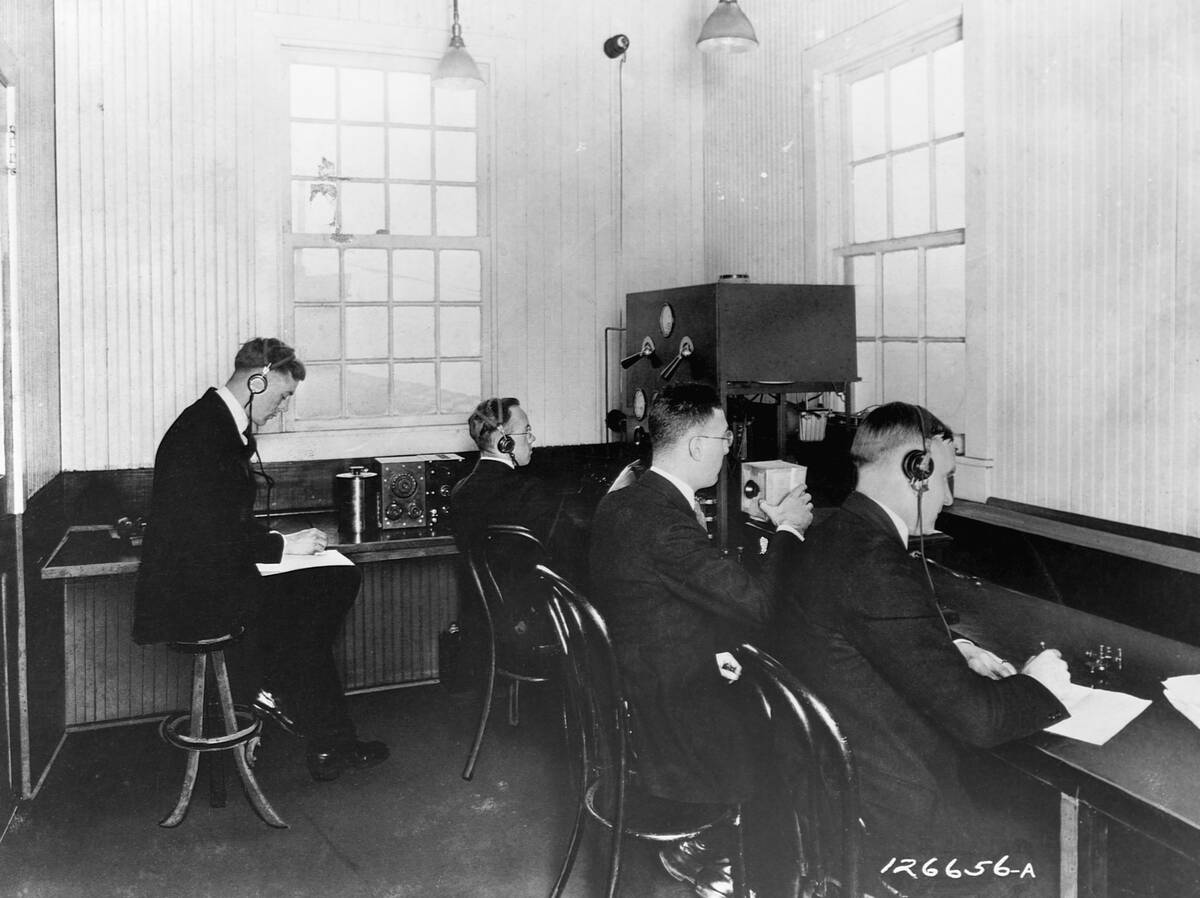
The 1920s saw the rise of radio as a revolutionary medium for entertainment and information. With the ability to broadcast music, news, and programs directly into homes, radio united people like never before.
Stations like KDKA in Pittsburgh led the charge as soon as the decade began, proving its concept by providing coverage of the Harding-Cox presidential election. As radio ownership skyrocketed, these ambitious radio broadcasts transformed how people consumed media and connected with the world, laying the groundwork for modern mass communication.
The Stock Market Boom: When Wall Street Was King
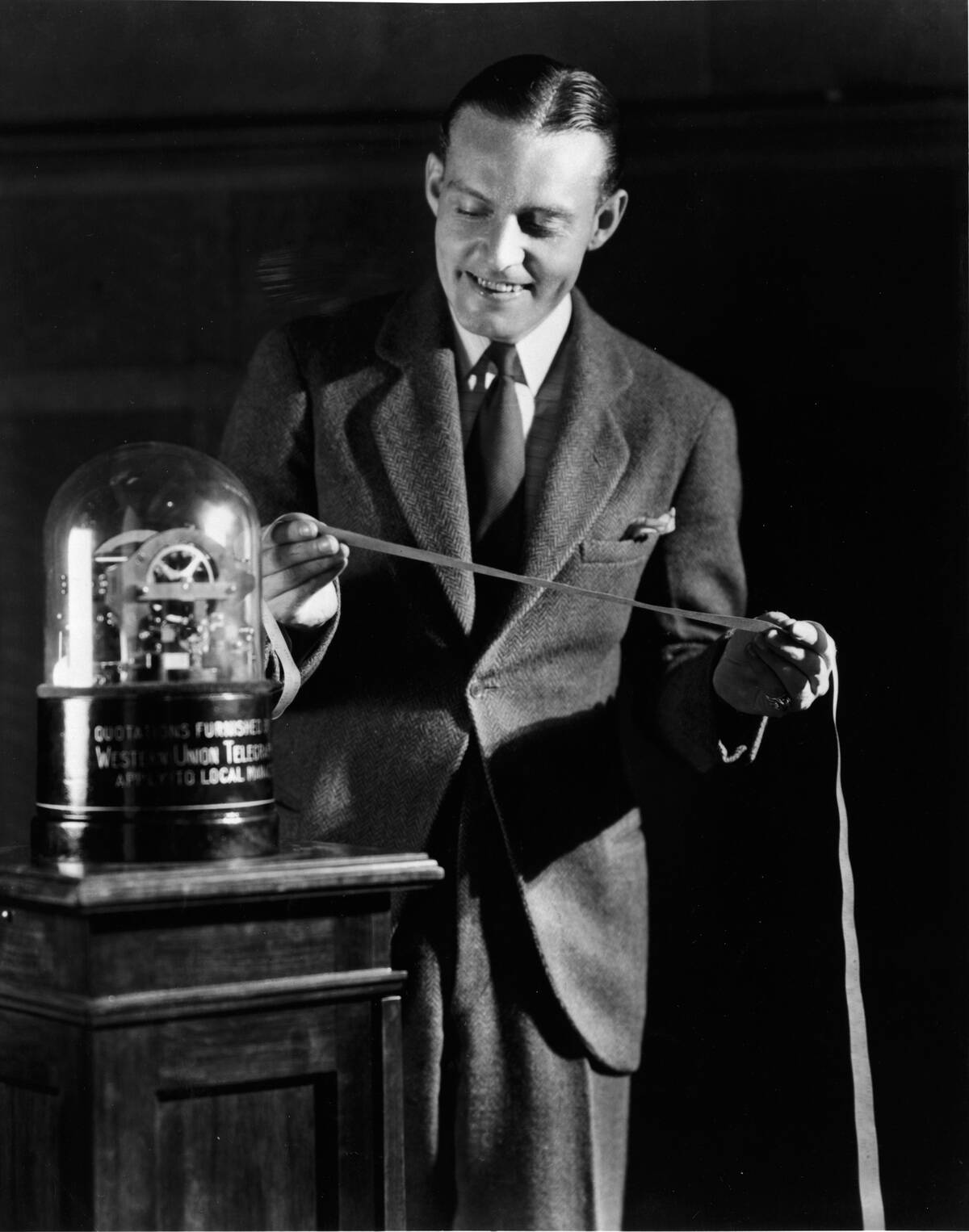
The 1920s were marked by an unprecedented stock market boom, as Wall Street became a symbol of economic prosperity. Fueled by speculative investments and a culture of optimism, the market soared, making millionaires overnight.
The introduction of buying on margin encouraged more people to invest, often with borrowed money. However, this financial euphoria was short-lived, as the decade ended with the catastrophic crash of 1929, leading to the Great Depression. Naturally, the collapse was exacerbated by the very tactics (like buying on margin) that the previous bubble encouraged.
The Lost Generation: Writers Who Captured the Spirit of the Times

The Lost Generation refers to a group of American writers who vividly depicted the disillusionment of the post-war era. Figures like Ernest Hemingway, F. Scott Fitzgerald, and Gertrude Stein explored themes of alienation and excess in their works.
Novels like The Great Gatsby and The Sun Also Rises captured the cynicism and hedonism of the 1920s. These literary giants sought meaning in a rapidly changing world, leaving a lasting impact on literature and culture.
The First Talkie: How Movies Got Their Voice
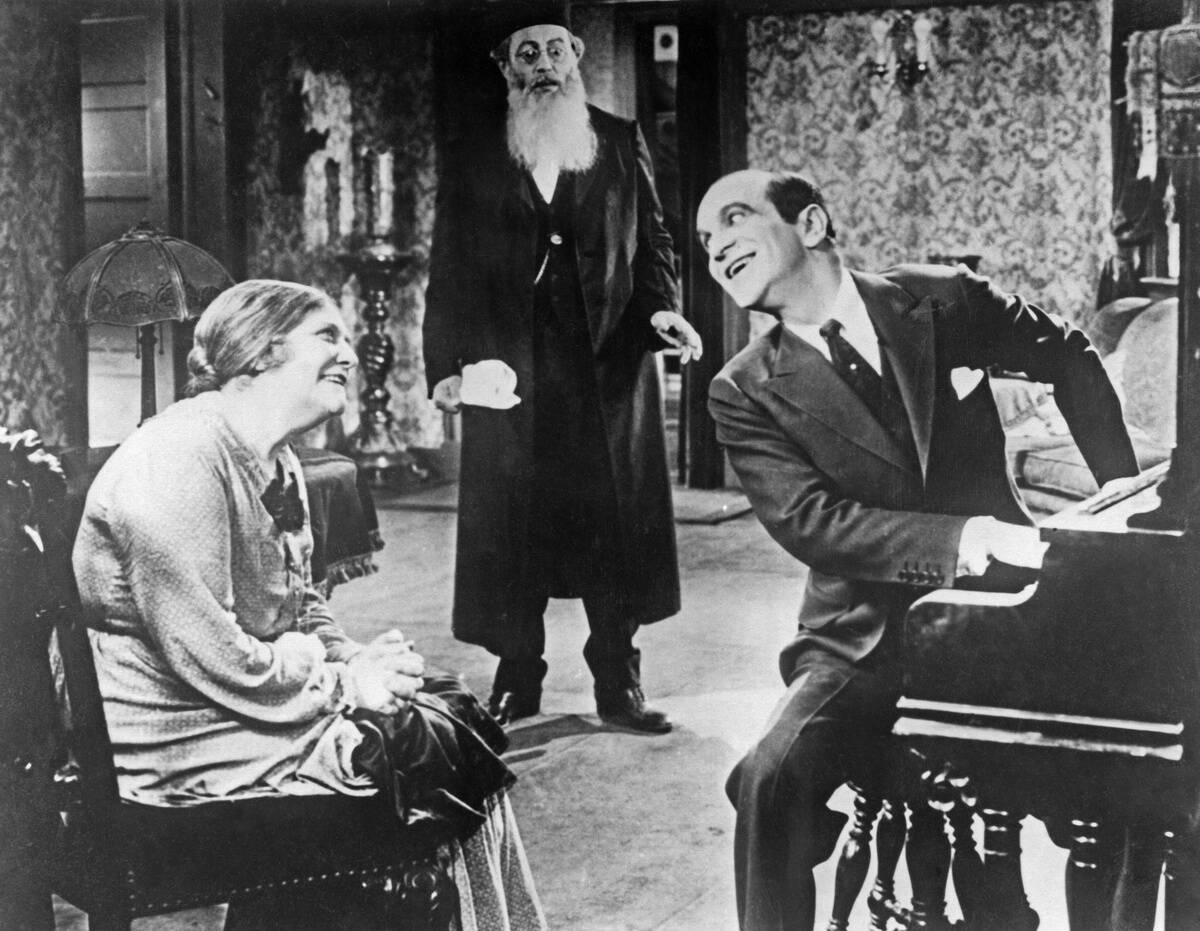
The introduction of sound in cinema revolutionized the film industry, with The Jazz Singer debuting as the first “talkie” in 1927. Starring Al Jolson, this groundbreaking film featured synchronized dialogue and musical numbers, captivating audiences worldwide.
The success of The Jazz Singer marked the end of the silent film era and ushered in a new age of filmmaking. Studios quickly adapted to this innovation, transforming movies into a more immersive and engaging form of entertainment.
The Harlem Renaissance: Cultural Explosion in New York
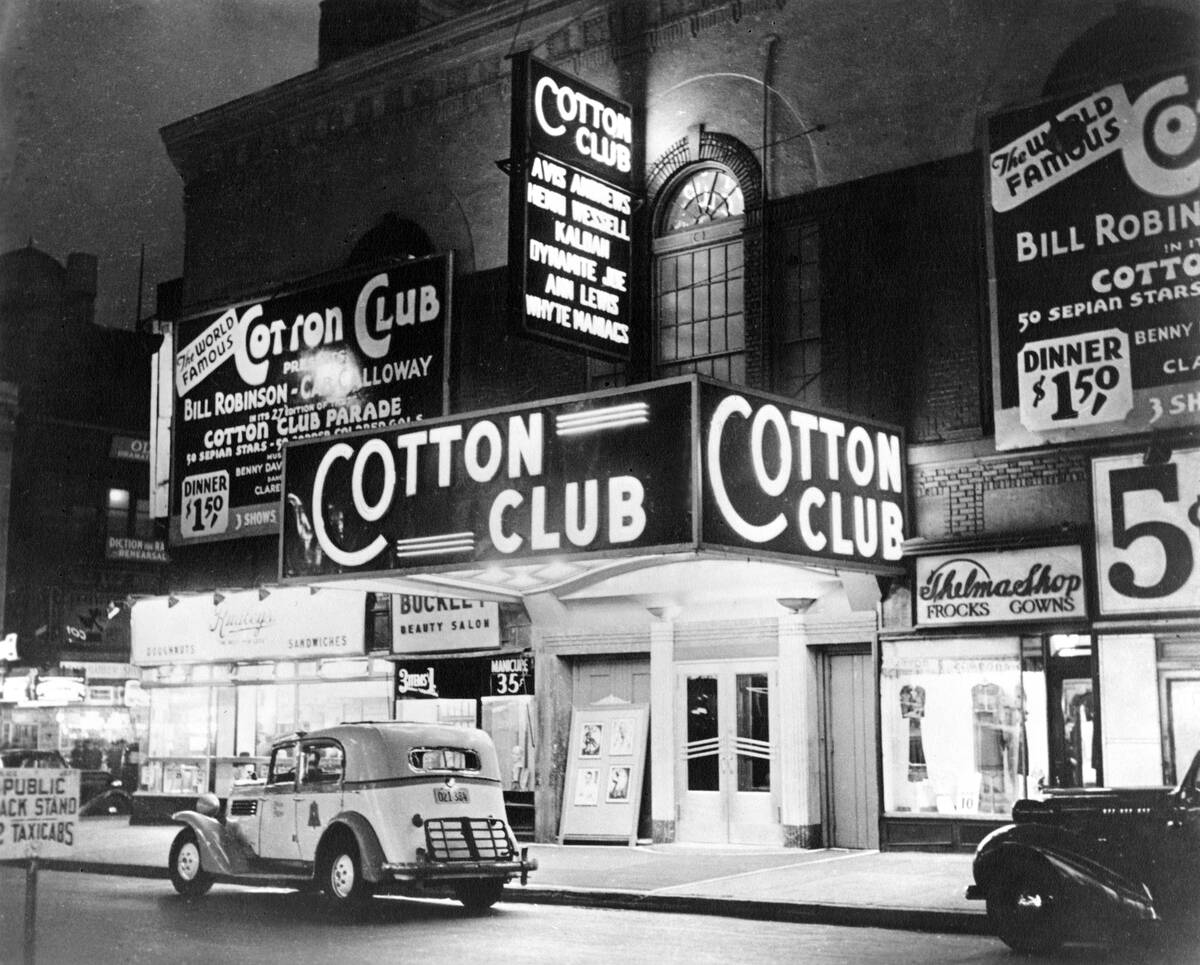
The Harlem Renaissance was a cultural movement that celebrated African American art, music, and literature. Centered in Harlem, New York, it showcased the talents of figures like Langston Hughes, Zora Neale Hurston, and Duke Ellington.
This explosion of creativity challenged racial stereotypes and highlighted the richness of Black culture. Jazz clubs, literary salons, and art exhibitions thrived, making Harlem the epicenter of a cultural renaissance that influenced the nation.
Fashion Forward: How the 1920s Redefined Style
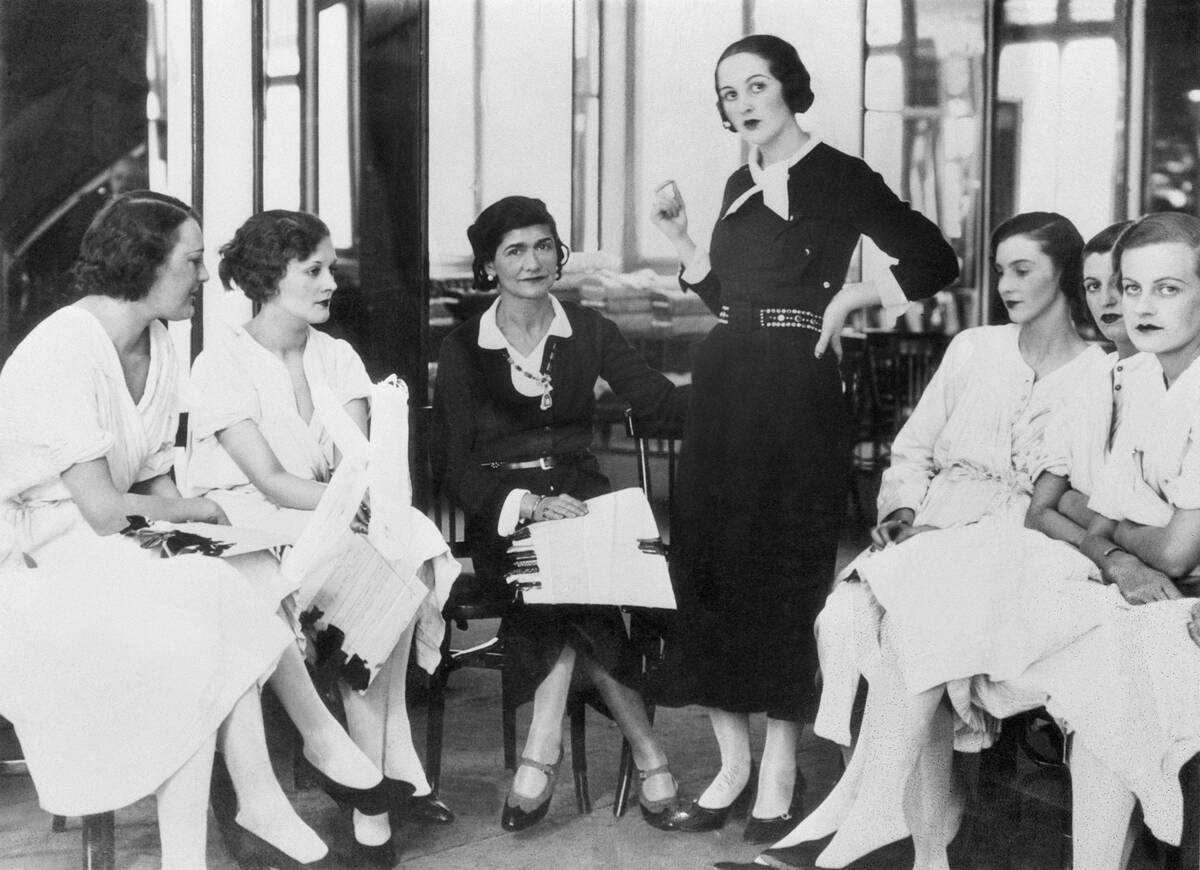
The 1920s were a revolutionary period for fashion, as styles shifted towards modernity and practicality. Coco Chanel popularized the “little black dress,” while designers like Jean Patou introduced sportswear for women.
Flapper fashion embraced loose silhouettes, fringe, and beads, reflecting the era’s carefree spirit. Men’s fashion also evolved, with tailored suits and fedoras becoming popular. The decade’s fashion innovations redefined style, emphasizing freedom and individuality.
Automobile Mania: The Ford Model T and the Open Road
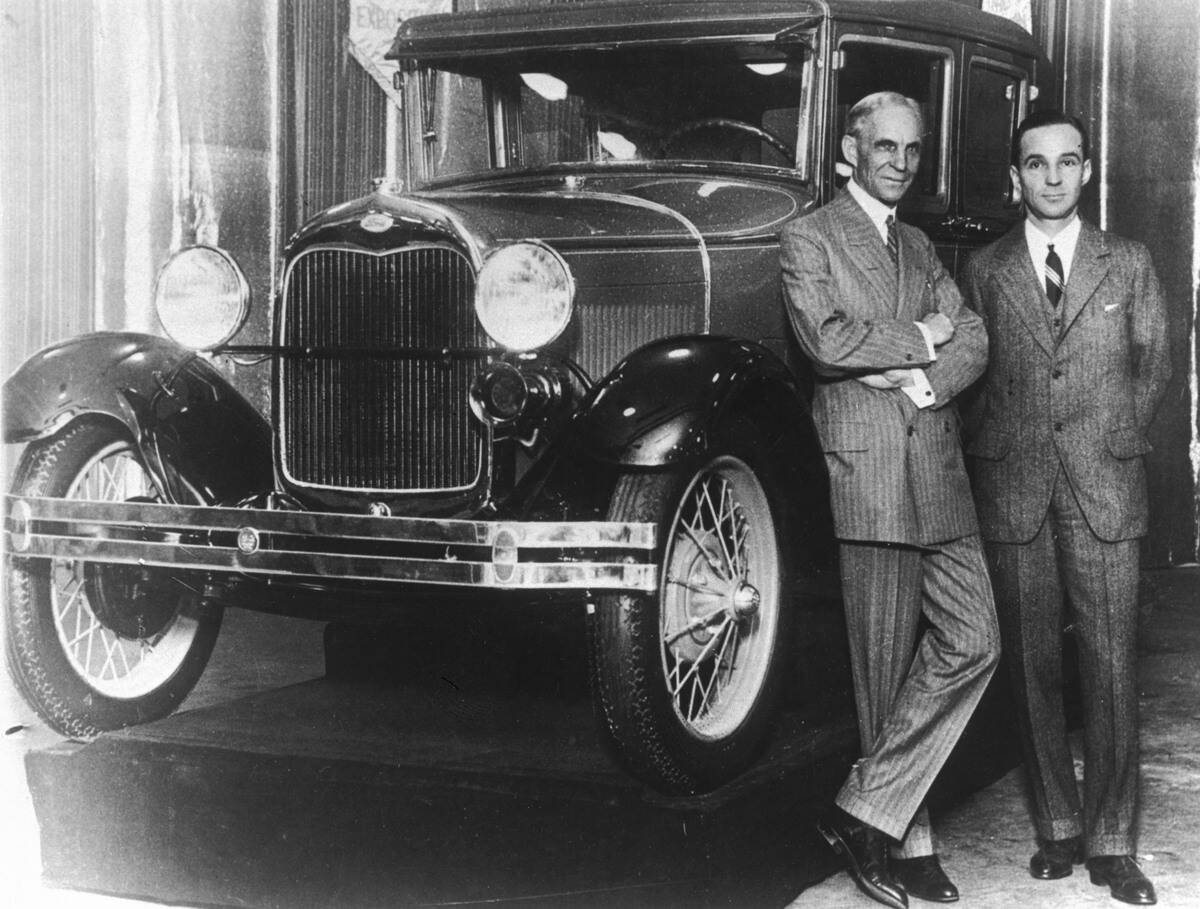
The 1920s witnessed a boom in automobile production, with the Ford Model T leading the charge. Known as the “Tin Lizzie,” it was affordable and reliable, bringing car ownership to the masses.
The Model T revolutionized transportation, allowing people to travel farther and faster than ever before. As roads expanded and car culture flourished, the automobile became a symbol of freedom and progress, transforming the American landscape and way of life.
The Scopes Trial: Clash of Science and Religion
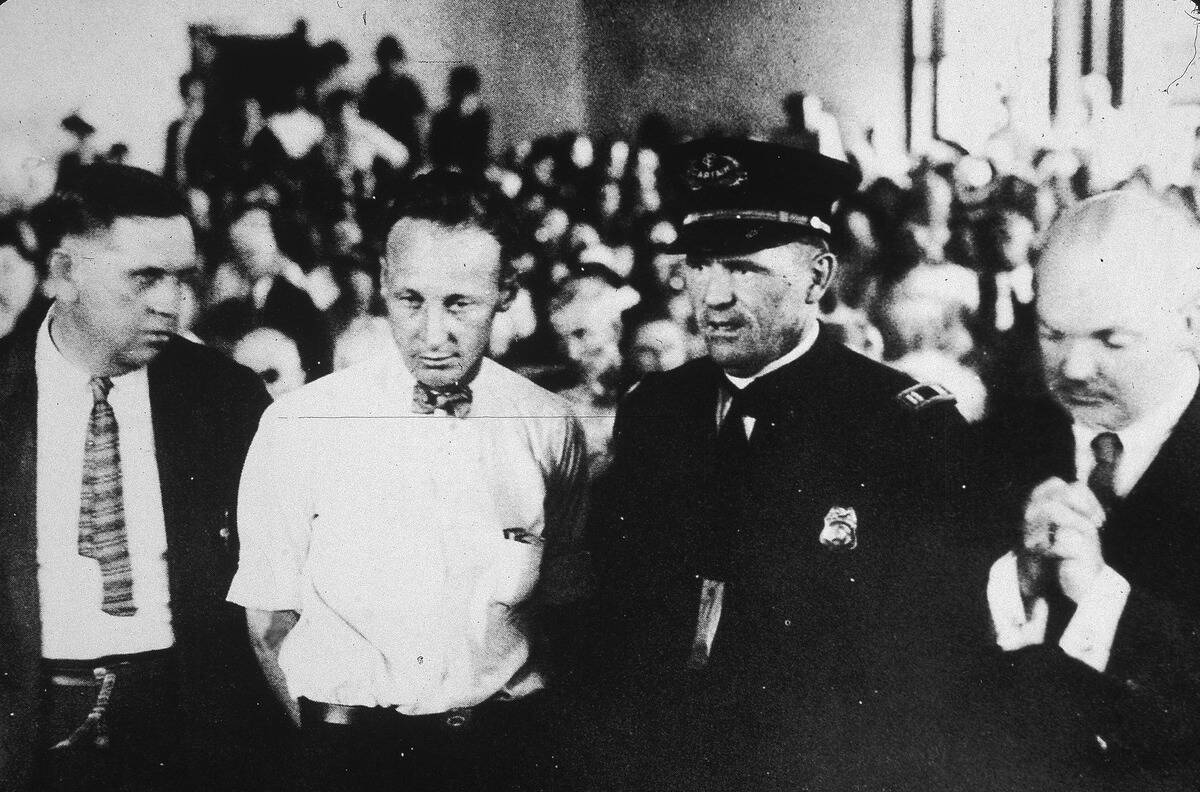
The Scopes Trial, often called the “Monkey Trial,” took place in 1925 and highlighted the tension between science and religion. John Scopes, a high school teacher in Tennessee, was charged with teaching evolution, violating state law.
The trial drew national attention, featuring famous attorneys Clarence Darrow and William Jennings Bryan. It became a media spectacle, symbolizing the cultural clash between modernist and traditionalist values. While Scopes was found guilty, the trial sparked ongoing debates about education and science.
The Birth of the Celebrity: Icons Who Captivated the Public

The 1920s saw the rise of celebrity culture, as film stars and athletes became household names. Figures like Charlie Chaplin, Clara Bow, and Babe Ruth captivated audiences with their talent and charisma.
The media played a key role, with newspapers and magazines chronicling their lives and exploits. This era marked the beginning of celebrity endorsements and fan clubs, as the public’s fascination with fame and glamour took hold, setting the stage for modern celebrity culture.
Art Deco: The Visual Style That Defined a Decade
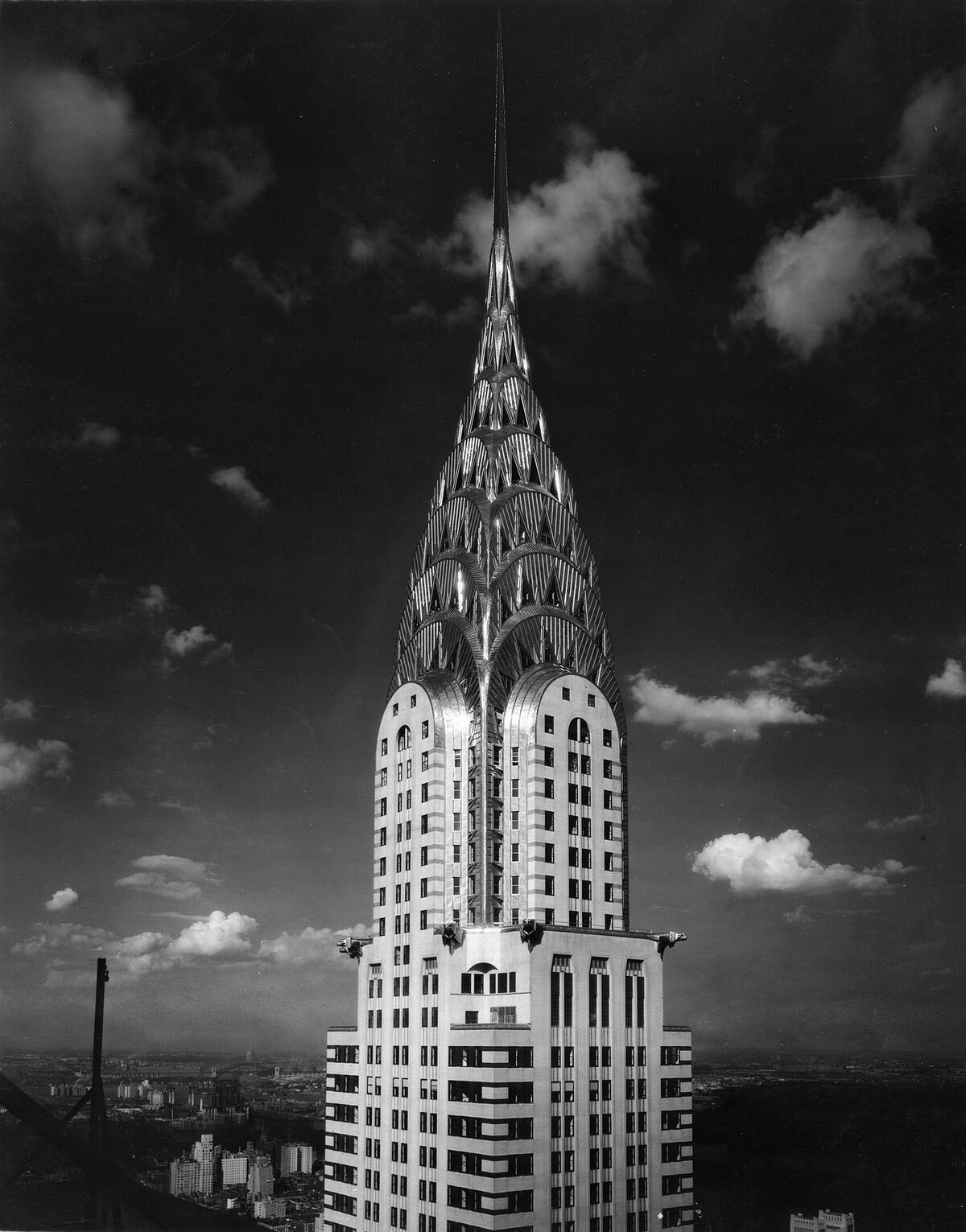
Art Deco emerged as the dominant design style of the 1920s, characterized by geometric shapes, bold colors, and lavish ornamentation. This aesthetic influenced architecture, fashion, and interior design, with landmarks like the Chrysler Building exemplifying its grandeur.
Art Deco embraced modernity and luxury, reflecting the optimism and prosperity of the era. Its sleek, streamlined look became synonymous with the Roaring Twenties, leaving a lasting impact on design and culture.
The Era of Invention: Gadgets and Innovations That Changed Life
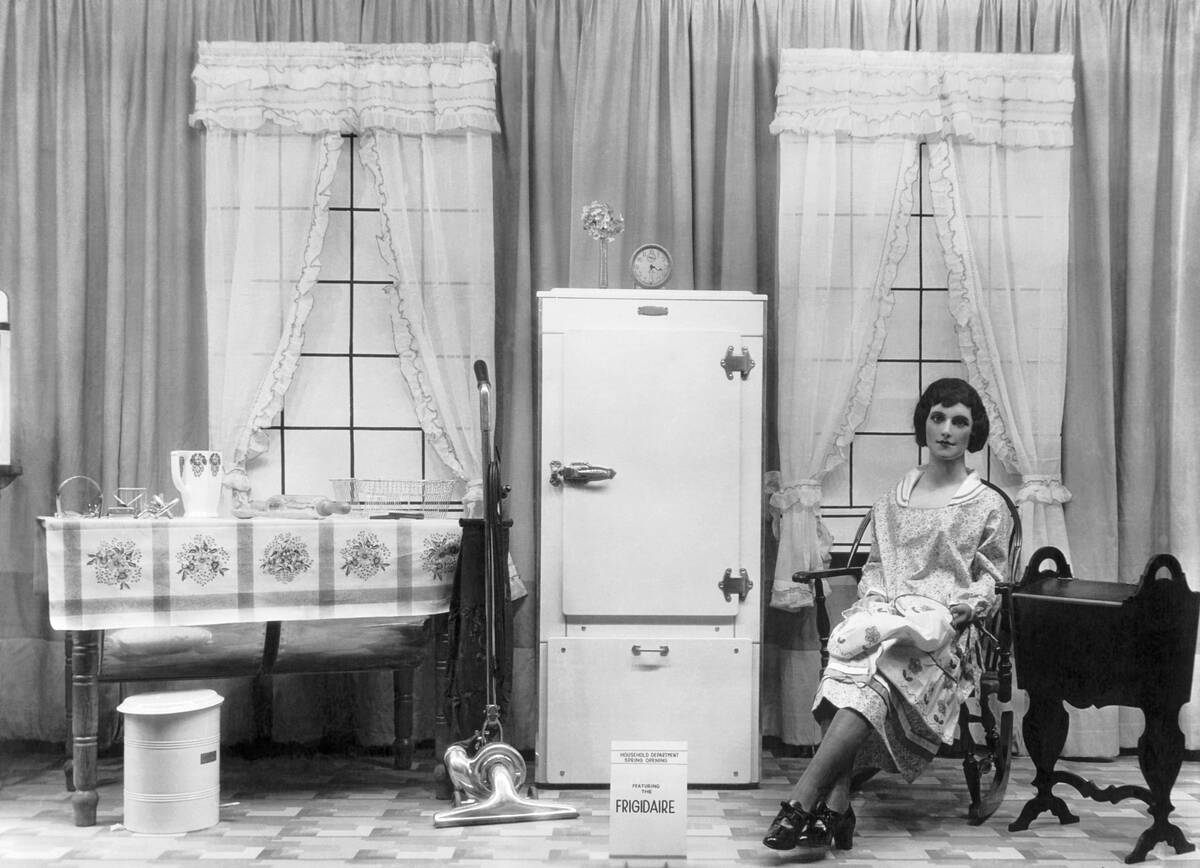
The 1920s were a time of technological innovation, with inventions that transformed daily life. The electric refrigerator, invented by Fred W. Wolf in 1916, revolutionized food storage by the 1920s, while the vacuum cleaner made household chores easier.
The decade also saw the rise of the telephone, as more households gained access to this communication tool. These gadgets and innovations improved convenience and efficiency, shaping the modern world and enhancing the quality of life for many.
The 19th Amendment: Women Win the Right to Vote

The ratification of the 19th Amendment in 1920 granted American women the right to vote, marking a significant victory for the suffrage movement. This achievement was the result of decades of activism and protest led by figures like Susan B. Anthony and Elizabeth Cady Stanton.
The amendment represented a monumental step towards gender equality, empowering women to participate in the democratic process. It also signaled a broader shift in societal attitudes towards women’s rights and roles.
Aviation Milestones: From Charles Lindbergh to Amelia Earhart
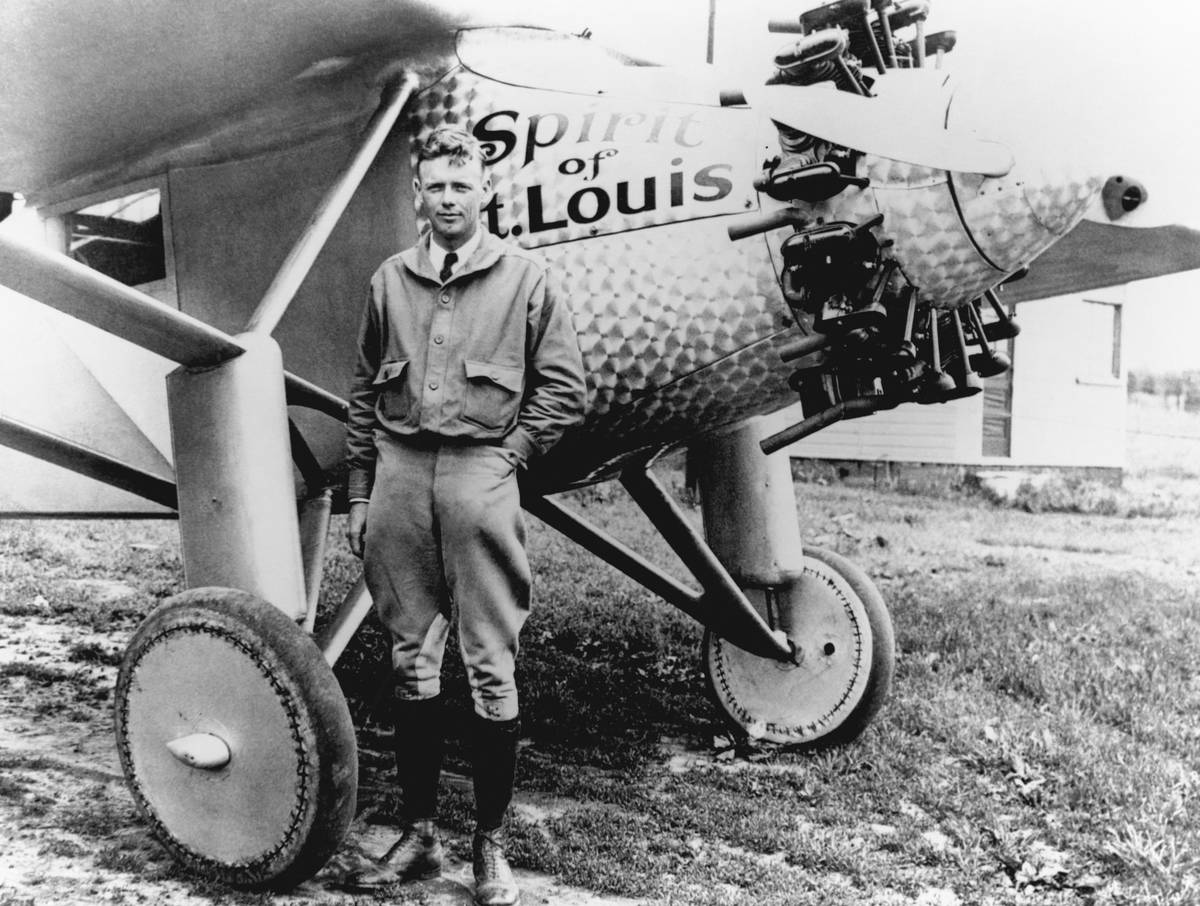
The 1920s were a pivotal decade for aviation, marked by groundbreaking achievements and daring pioneers. Charles Lindbergh made history in 1927 with his solo nonstop transatlantic flight in “The Spirit of St. Louis.”
Amelia Earhart followed suit, becoming the first woman to fly solo across the Atlantic in 1932. These milestones captured the public’s imagination, highlighting the potential of air travel and inspiring future aviators. The era’s advancements in aviation technology laid the foundation for modern air travel.
Gangsters and Bootleggers: The Darker Side of the Roaring Twenties
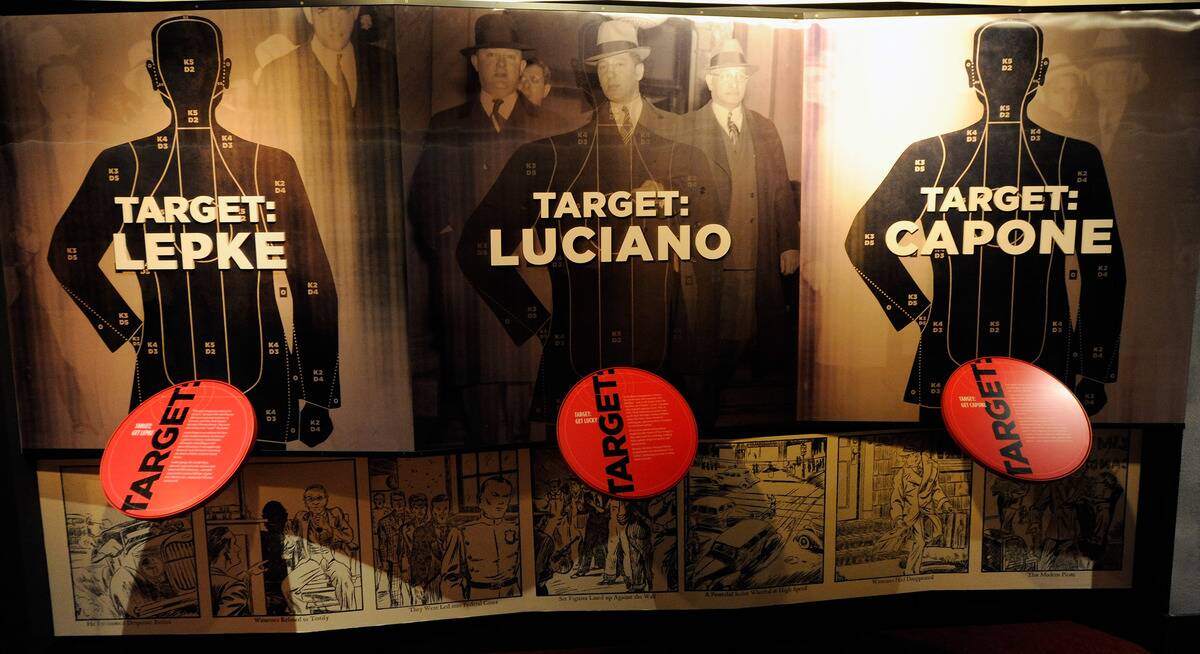
The Roaring Twenties had a dark underbelly, with organized crime thriving amidst Prohibition. Gangsters like Al Capone and Lucky Luciano built empires through bootlegging, betting, and racketeering.
These criminal activities led to violent turf wars and corruption, as law enforcement struggled to keep up. The era’s fascination with outlaws was reflected in popular culture, with gangsters becoming folk heroes to some. The legacy of this period is a complex interplay of crime, law, and society’s evolving attitudes towards legality.



